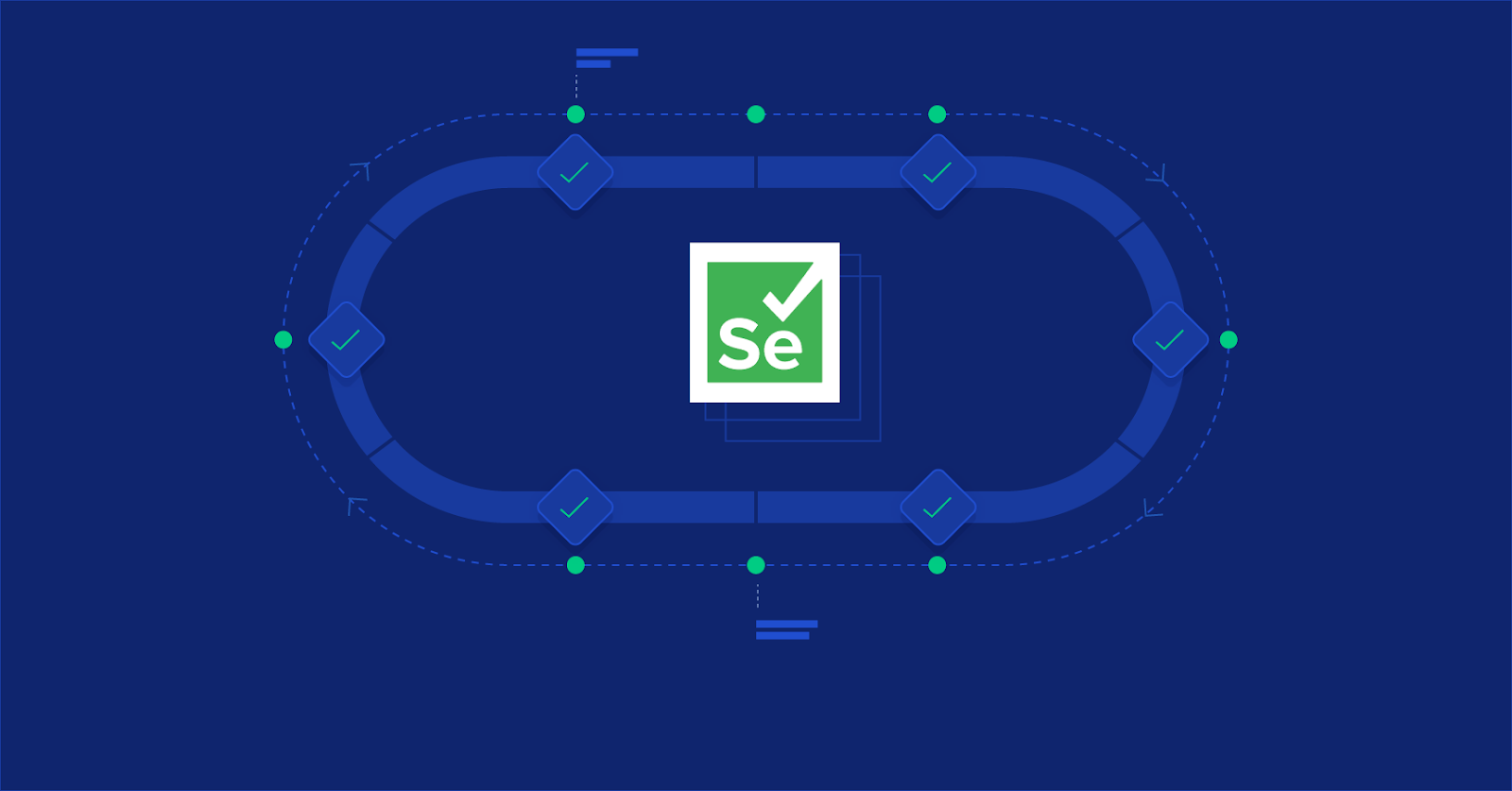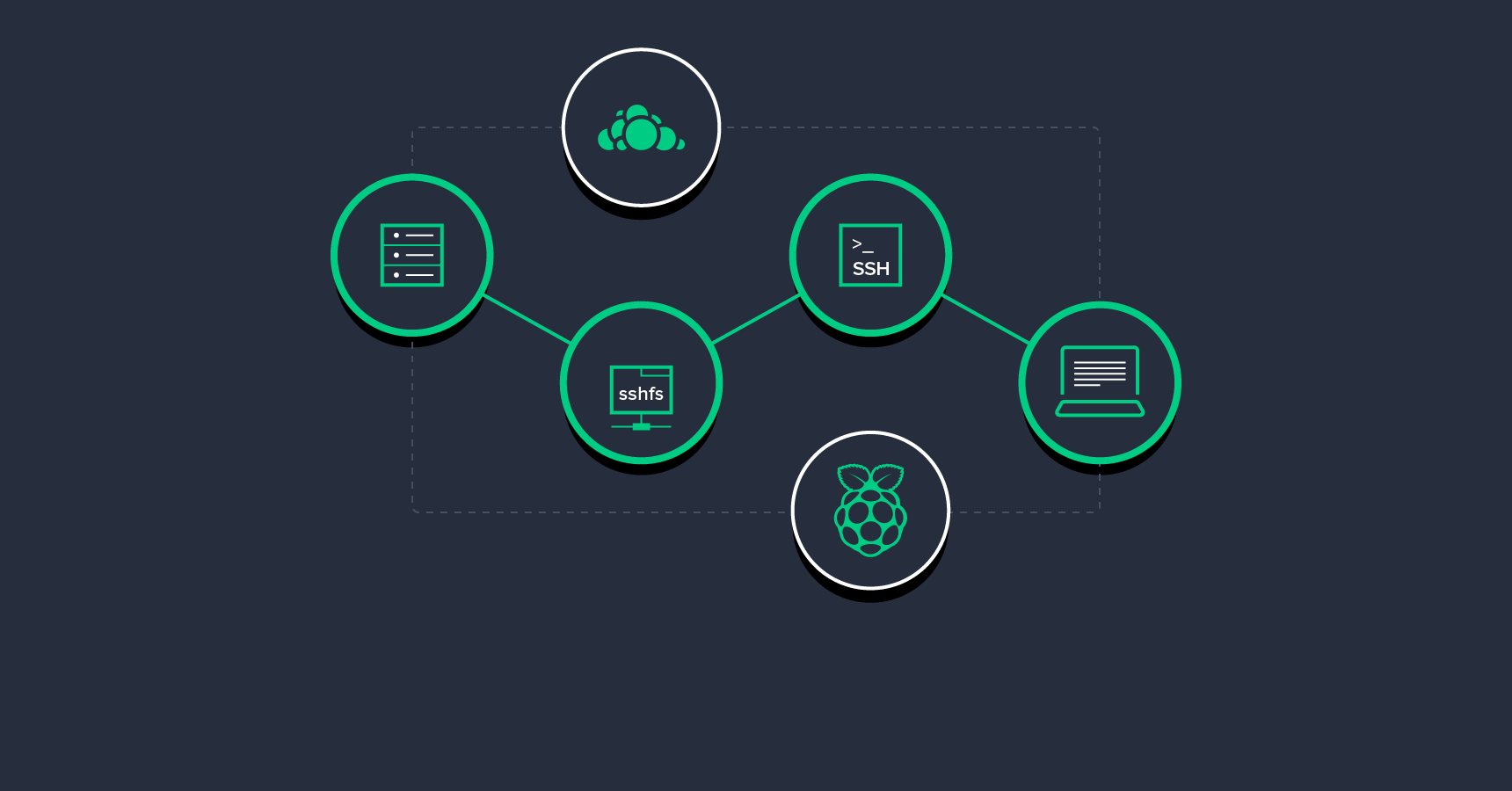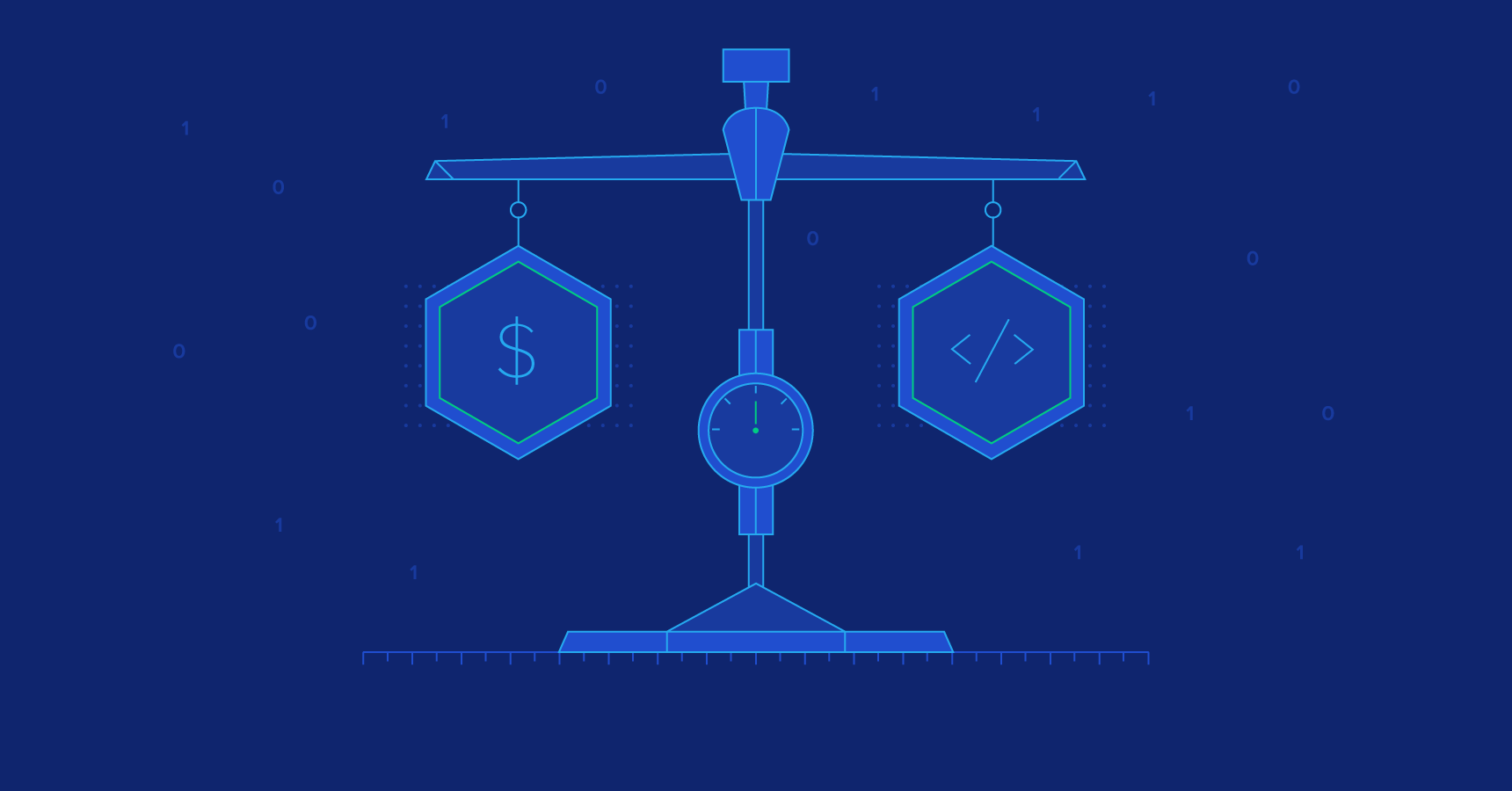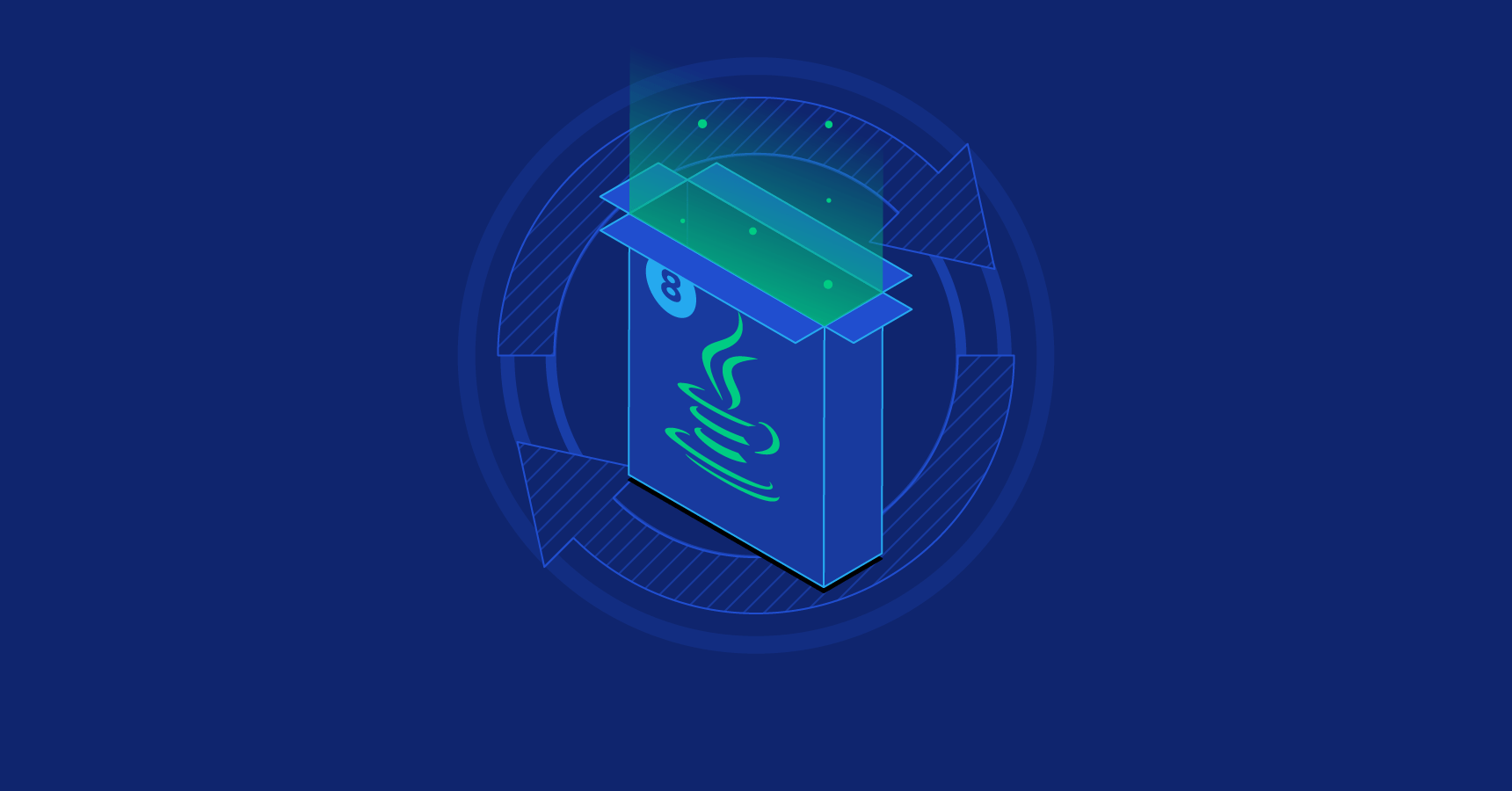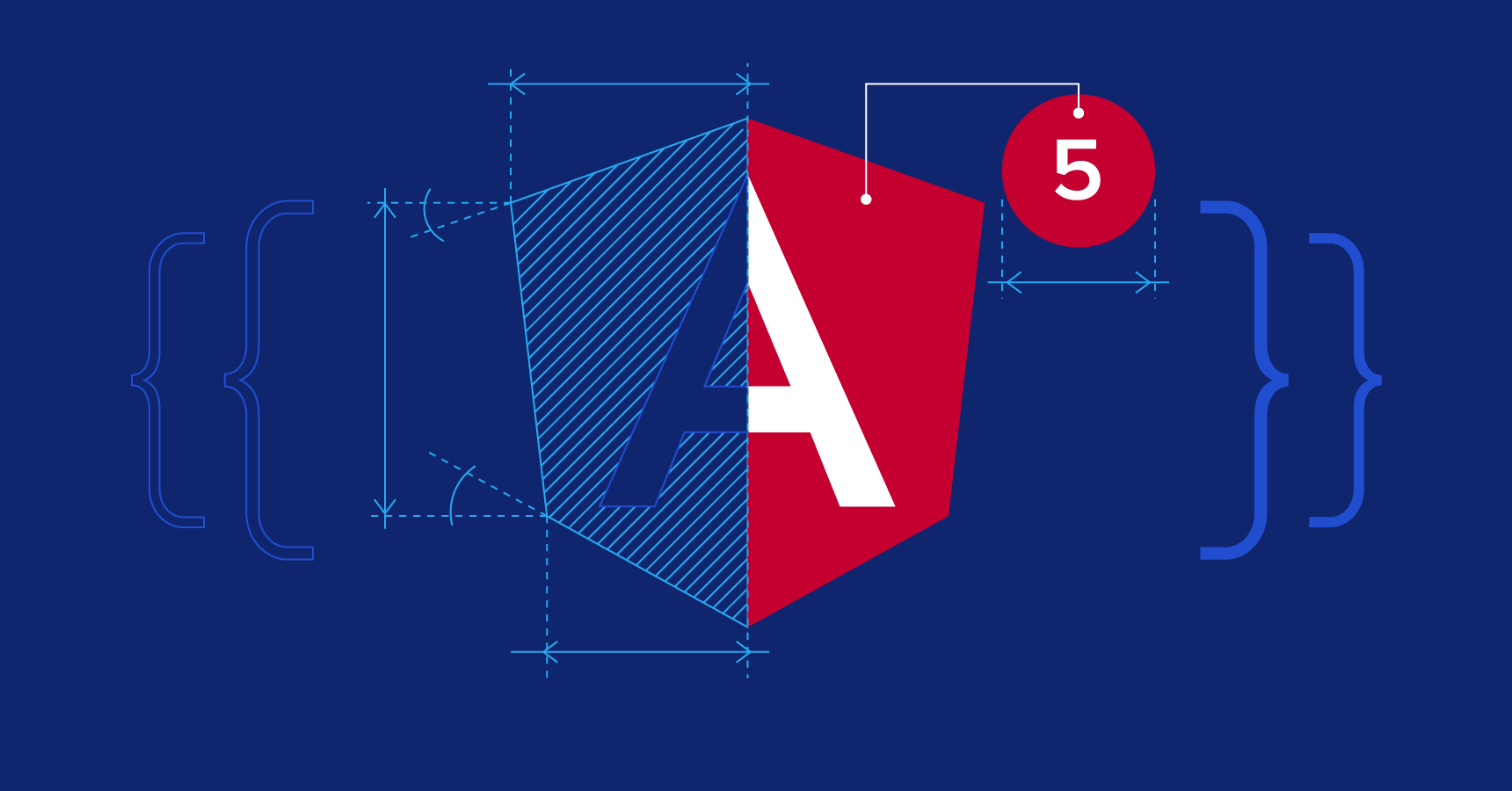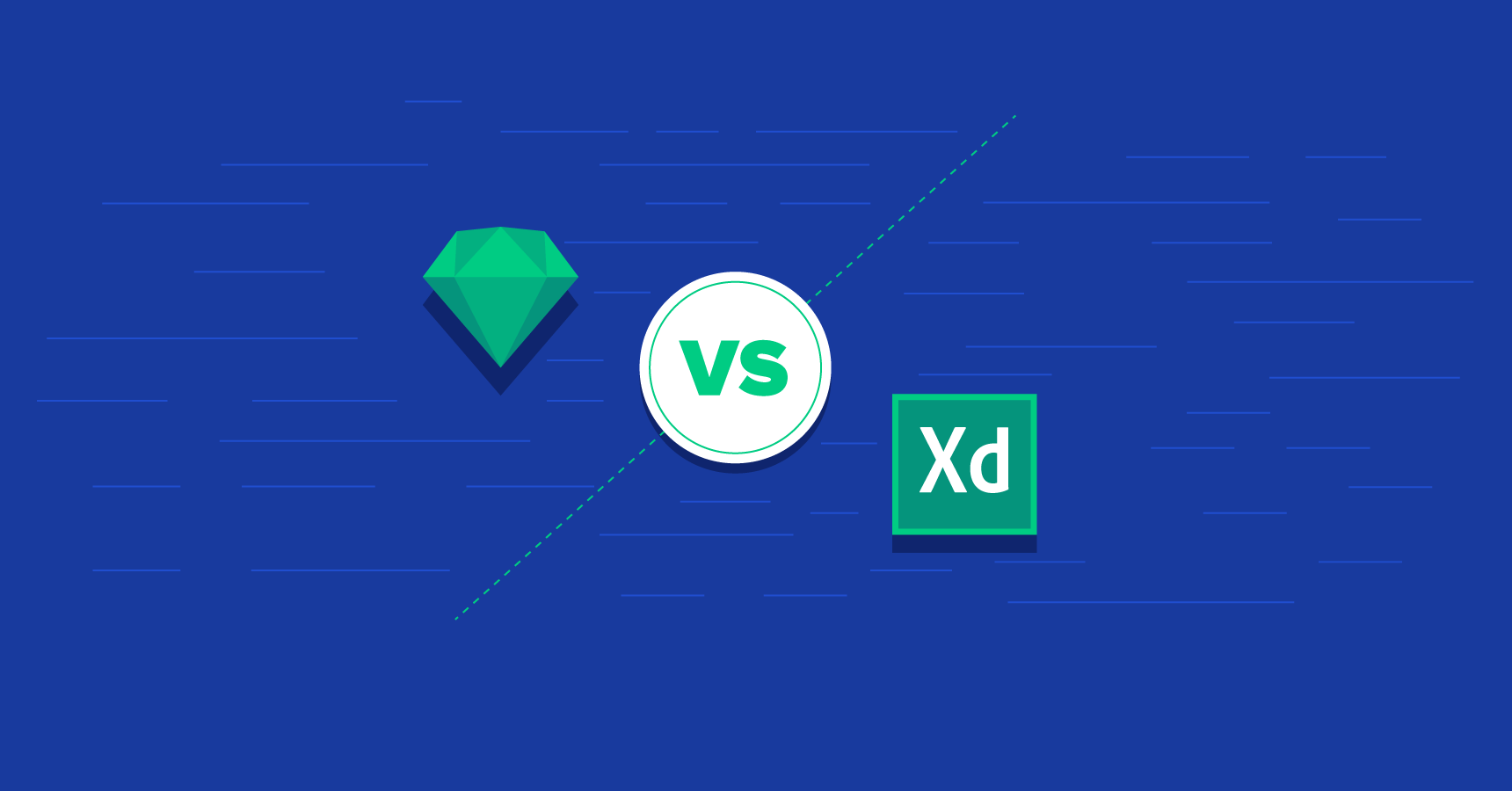Toptal Blog
The Toptal Blog is the top hub for developers, designers, finance experts, executives, and entrepreneurs, featuring key technology updates, tutorials, freelancer resources, and management insights.
Featured in
World-class articles, delivered weekly.
Automation in Selenium: Page Object Model and Page Factory
Proper test automation is a challenging yet essential ingredient for quality software applications. Explore maintainable test automation in Selenium, including Page Object model and Page Factory.

Dejan Zivanovic
Dejan is a senior QA engineer with significant experience in web and mobile testing. He has also worked extensively on Android app development.
Software Development Anywhere: My Distributed Remote Workplace
Working as a remote software development freelancer has many benefits, but setting up an effective distributed working environment can be a real challenge. In this article, Toptal Engineer Ivan Voras describes how he leverages SSH and a number of related technologies, along with the Raspberry Pi and ownCloud, to be able to work effectively from anywhere.

Ivan Voras, PhD
Ivan’s 15+ years of back-end and blockchain architecture experience has seen everything from DBA ops to development of OS kernel modules (FreeBSD).
Software Costs Estimation in Agile Project Management
One of the hardest things to do in software development is to determine how long and how much it will take to deliver a new software product. Should it be so hard? The answer is not straightforward.
Toptal Talent Network Experts
Taming WebRTC with PeerJS: Making a Simple P2P Web Game
WebRTC has opened doors to all kinds of new peer-to-peer web applications and games that can run in the browser without the need of additional plugins. However, being a relatively new technology, it still poses some unique challenges to developers. PeerJS aims to tackle some of those challenges by providing an elegant API and insulating developers from WebRTC’s implementation differences. In this article, Toptal engineer Mahmud Ridwan provides an introductory tutorial to building a simple, peer-to-peer web game using PeerJS.

Mahmud Ridwan
Mahmud is a software developer with many years of experience and a knack for efficiency, scalability, and stable solutions.
A Brief Overview of the Vulkan API
Here’s the Vulkan API in a hundred words or less: It’s a low-overhead, close-to-metal API for 3D graphics and compute applications. Vulkan is basically a follow-on to OpenGL. It was originally referred to as the “next generation OpenGL initiative,” and it includes a few bits and pieces from AMD’s Mantle API. Vulkan is supposed to provide numerous advantages over other GPU APIs, enabling superior cross-platform support, better support for multithreaded processors, lower CPU load, and a pinch of OS agnosticism.

Nermin Hajdarbegovic
As a veteran tech writer, Nermin helped create online publications covering everything from the semiconductor industry to cryptocurrency.
Toptal's List Of Top Free Programming Books
The Internet is mankind’s biggest repository of knowledge, information, useful (and useless: think of cat pics) digital content. Today, we will be taking a quick look at something useful and down to earth: free online programming books.

Nermin Hajdarbegovic
As a veteran tech writer, Nermin helped create online publications covering everything from the semiconductor industry to cryptocurrency.
Responsive Design Is Not Enough, We Need Responsive Performance
Between square inch smart wristwatches and mammoth smart TVs, a responsive website capable of adapting to a wide array of screen sizes and device capabilities is something no one complains about. However, many websites are still plagued by desktop-first design paradigms, or mobile-first paradigms with absolutely no focus on performance. These traditional approaches to responsive web design have various shortcomings. Fortunately, some simple ideas can help solve these problems.

Vedran Aberle Tokić
With over two decades in full-stack development, Vedran’s a JavaScript veteran who loves to problem-solve user interfaces.
Is Developing For Car Infotainment Systems like Android Auto and Apple Carplay the Next Big Thing?
Cars with next-generation connected infotainment systems will create new opportunities on several fronts. In case you already have an infotainment system with a neat touchscreen and GPS in your car, please accept my condolences; it’s about to become as obsolete as a Nokia 3310 compared to an iPhone.

Nermin Hajdarbegovic
As a veteran tech writer, Nermin helped create online publications covering everything from the semiconductor industry to cryptocurrency.
Why You Need to Upgrade to Java 8 Already
The newest version of the Java platform, Java 8, was released more than a year ago. Many companies and developers are still starting new applications with old versions of Java. There are very few good reasons to do this, because Java 8 has brought some important improvements to the language. I’ll show you a handful of the most useful and interesting ones.

Eduard Grinchenko
Eduard (MCE) is a talented Java engineer with rich expertise in OOP analysis. He’s worked the whole SDLC, from design to maintenance.
Most-read Articles
An Angular 5 Tutorial: Step by Step Guide to Your First Angular 5 App
Adobe XD vs. Sketch – Which UX Tool Is Right for You?
The History of Remote Work, 1560-Present (with Infographic) (Updated)
World-class articles, delivered weekly.
Toptal Developers
- Algorithm Developers
- Angular Developers
- AWS Developers
- Azure Developers
- Big Data Architects
- Blockchain Developers
- Business Intelligence Developers
- C Developers
- Computer Vision Developers
- Django Developers
- Docker Developers
- Elixir Developers
- Go Engineers
- GraphQL Developers
- Jenkins Developers
- Kotlin Developers
- Kubernetes Experts
- Machine Learning Engineers
- Magento Developers
- .NET Developers
- R Developers
- React Native Developers
- Ruby on Rails Developers
- Salesforce Developers
- SQL Developers
- Sys Admins
- Tableau Developers
- Unreal Engine Developers
- Xamarin Developers
- View More Freelance Developers
Toptal Designers
- Adobe Creative Suite Experts
- Agile Designers
- AI Designers
- Art Direction Experts
- Augmented Reality Designers
- Axure Experts
- Brand Designers
- Creative Directors
- Dashboard Designers
- Digital Product Designers
- E-commerce Website Designers
- Full-Stack Designers
- Information Architecture Experts
- Interactive Designers
- Mobile App Designers
- Mockup Designers
- Presentation Designers
- Prototype Designers
- SaaS Designers
- Sketch Experts
- Squarespace Designers
- User Flow Designers
- User Research Designers
- Virtual Reality Designers
- Visual Designers
- Wireframing Experts
- View More Freelance Designers
Toptal Finance Experts
- Blockchain Consultants
- Business Management Consultants
- Business Plan Consultants
- Business Process Optimization Consultants
- Certified Public Accountants (CPA)
- Economic Development Consultants
- Equity Research Analysts
- Excel Experts
- Financial Benchmarking Consultants
- Financial Forecasting Experts
- Financial Modeling Consultants
- Financial Writers
- Fintech Consultants
- FP&A Consultants
- Fractional CFOs
- Fundraising Consultants
- FX Consultants
- Growth Strategy Consultants
- Integrated Business Planning Consultants
- Interim CFOs
- Investment Managers
- Investment Thesis Consultants
- Investor Relations Consultants
- M&A Consultants
- Market Sizing Experts
- Pitch Deck Consultants
- Private Equity Consultants
- Procurement Consultants
- Profitability Analysis Experts
- Real Estate Experts
- Restructuring Consultants
- Risk Management Consultants
- Small Business Consultants
- Supply Chain Management Consultants
- Valuation Specialists
- Venture Capital Consultants
- Virtual CFOs
- Xero Experts
- View More Freelance Finance Experts
Toptal Project Managers
- Asana Experts
- Blockchain Project Managers
- Business Delivery Managers
- Business Transformation Program Managers
- Client Delivery Managers
- Digital Project Managers
- Digital Delivery Managers
- Digital Transformation Program Managers
- eCommerce Project Managers
- Enterprise Coaches
- Jira Administrators
- Kanban Project Managers
- Lean Project Managers
- Learning Management System Administrators
- Mobile Project Managers
- PMI Project Managers
- PMO Specialists
- PMP Project Managers
- Prince2 Experts
- Program Managers
- Scrum Project Managers
- Scrum Coaches
- Scrum Masters
- Software Project Managers
- Software Development Project Managers
- Technical Business Analysts
- Transformation Project Managers
- Waterfall Project Managers
- Web Project Managers
- View More Freelance Project Managers
Toptal Product Managers
- Artificial Intelligence Product Managers
- Blockchain Product Managers
- Business Systems Analysts
- Cloud Product Managers
- Data Science Product Managers
- Digital Marketing Product Managers
- Digital Product Managers
- Directors of Product
- eCommerce Product Managers
- Enterprise Product Managers
- Enterprise Resource Planning Product Managers
- Freelance Product Managers
- Interim CPOs
- Jira Product Managers
- Kanban Product Managers
- Lean Product Managers
- Mobile Product Managers
- Product Consultants
- Product Development Managers
- Product Owners
- Product Portfolio Managers
- Product Strategy Consultants
- Product Tour Consultants
- Robotic Process Automation Product Managers
- Robotics Product Managers
- SaaS Product Managers
- Salesforce Product Managers
- Scrum Product Owner Contractors
- Web Product Managers
- View More Freelance Product Managers
Join the Toptal® community.
